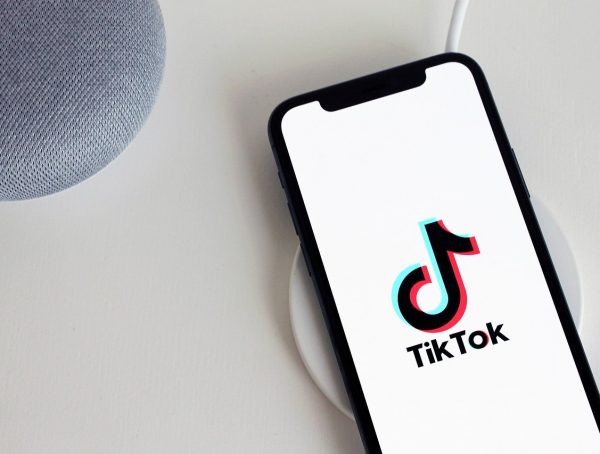With 86% of businesses now leaning into video as a marketing tool, it’s no surprise that this skill is highly sought after among small businesses and entrepreneurs. Video is so important because it can take complicated ideas and convert them into easy-to-grasp stories and visuals, which often attracts an audience much quicker than a static photograph.
Katherine Rosenblatt of Foothills Logic, LLC is no stranger to the changing tides of social media. After beginning her journey as a virtual assistant in 2017, she started her own company, Mom to Virtual Assistant, in 2020. Currently, Katherine markets to busy moms who want the option to continue working, while also being home with their children. She trains and places virtual assistants with clients all over the country. She has witnessed how social platforms have shifted toward a major focus on video over the last few years.
“My clients are asking me all the time for virtual assistants who can shoot and edit videos, and it’s hard to find that person”.
RosenblattKatherine notes how video has slowly grown more and more over the past few years, specifically within the last 9 months as the Reels feature on Instagram has really changed the game (and the algorithm, it seems!) for Instagram users.
“Since Reels are so short, a viewer is more likely to finish the video, and the more views a video has, the more likely that video is to show up on the explore page,” Rosenblatt said.
This process makes it easier for new followers to find these accounts and connect. While she notes that the Instagram algorithm is likely understood by very few, video views certainly seem to help grow a following and attract new audience members. As a matter of fact, a whopping 78% of marketers believe that video has helped them gain new customers. Katherine has seen clients double their following on Instagram in six months, just by using video.
Videos are also helpful in turning macro content into micro-content.
“It’s really important for virtual assistants to be educated in how to repurpose content from one big video or a webinar, into social media posts, sound bites, meta descriptions for SEO, etc.” she said.
Videos are useful in so many different ways. Not only will the video itself have a big reach, but it can also be used to create smaller, spin-off material for a marketer’s Instagram or Facebook posts, podcast episode ideas and blog posts.
“When I do a live, I’m going to sell […]. People are more likely to trust me when they can see me and interact. When I do a live, I’m going to sell”, says Katherine.
This further proves the theory that videos create a strong emotional pull, and emotion creates a stronger connection between a brand and its client. This connection is likely the difference between a conversion and passive content consumer.








